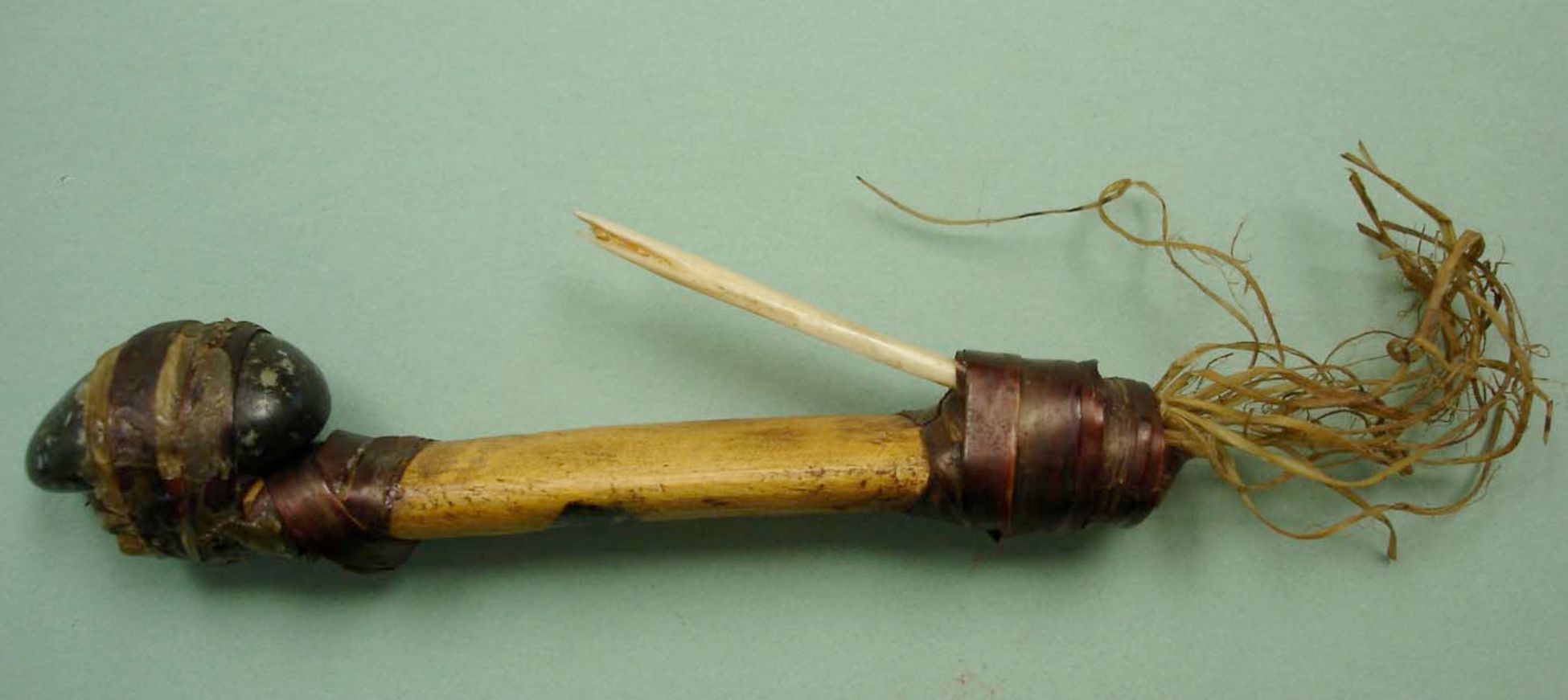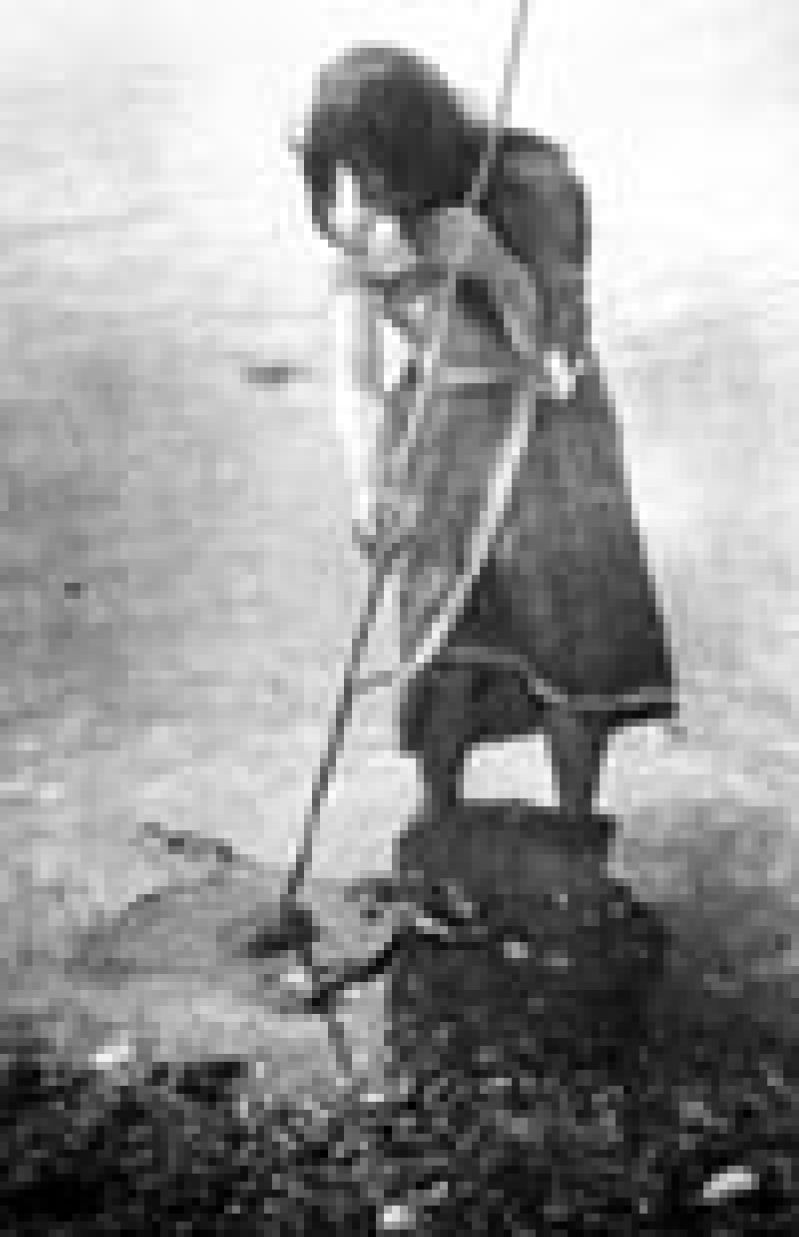
2013? By Grant Keddie Fish Hook shanks made of stone, bone, antler and shell are parts of composite fish hooks that are armed with a sharp bone point. These artifacts are often seen as typical “West Coast” of Vancouver Island artifacts. In fact, their distribution extends around the southern end of Vancouver Island, and to a lesser extent, north up the east coast of the Island. The RBCM ethnology collection has only one example of a trolling hook from the Victoria area. This specimen (number 728), however, was not one actually used. It was a model made in 1898, and purchased by Charles Newcombe. The hook was said to represent the kind of trolling hooks that local First Nation used … Continue reading “Fish Hook Shanks”

